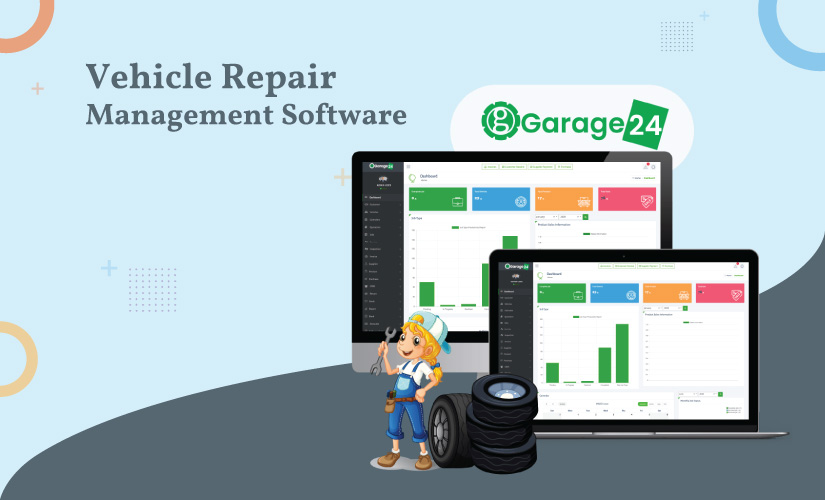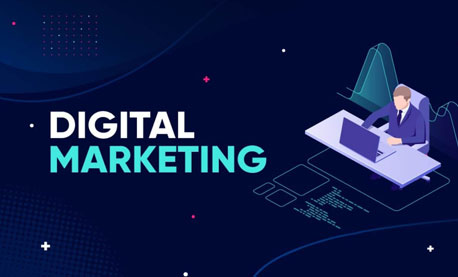Mobile app development has become a crucial aspect of modern business strategies. In today’s mobile-first world, having a well-designed and user-friendly mobile app can significantly enhance your brand’s visibility, customer engagement and overall success. Whether you’re a startup or an established company, understanding the intricacies of mobile app development and implementing effective strategies is vital for staying ahead in the digital landscape.
Understanding Mobile App Development
Mobile app development refers to the process of creating software applications specifically designed to run on mobile devices such as smartphones and tablets. It involves a combination of design, coding, testing, and deployment to deliver a functional and intuitive user experience. Mobile apps can be developed for various platforms, including iOS (Apple) and Android (Google), catering to the diverse user base and device preferences.

Key Steps in Mobile App Development
1. Ideation and Planning
The first step in mobile app development is to define your app’s purpose, target audience, and unique selling points. Conduct market research to identify user needs and preferences, analyze competitors’ apps, and brainstorm innovative ideas. Create a detailed project plan, including timelines, budgets, and resource allocation, to ensure a smooth development process.
2. UI/UX Design
User interface (UI) and user experience (UX) design are crucial for creating an engaging and intuitive app. A well-designed UI ensures that users can navigate the app easily, while UX focuses on delivering a seamless and enjoyable experience. Consider factors such as visual aesthetics, app flow, and interactive elements to create a visually appealing and user-friendly design.
3. Development and Coding
Once the design is finalized, the development phase begins. This stage involves writing the code that brings your app to life. Depending on the platform, you’ll need to choose the appropriate programming languages and frameworks, such as Swift or Objective-C for iOS and Java or Kotlin for Android. Collaborate with developers to ensure clean code, efficient algorithms, and compatibility across different devices.
4. Testing and Quality Assurance
Thorough testing is essential to identify and fix any bugs, glitches, or performance issues in your app. Conduct functional testing to ensure that all features work as intended. Additionally, perform usability testing to gather feedback from users and make necessary improvements. Quality assurance processes should be implemented to deliver a reliable and error-free app.
5. Deployment and Launch
Once the app development and testing phases are complete, it’s time to prepare for deployment. Create developer accounts on relevant app stores (such as the App Store and Google Play Store) and follow their guidelines for submitting your app. Conduct a final review to ensure compliance with all requirements, including app store policies, security measures, and content guidelines.
6. Post-Launch Support and Maintenance
Launching your app is just the beginning. Post-launch support and maintenance are crucial for its long-term success. Monitor user feedback and reviews, address any issues promptly, and release regular updates with new features and bug fixes. Continuously analyze user data and app performance to identify areas for improvement and refine your mobile app strategy.
Types of Mobile App Development
Mobile app development is a diverse field, offering various approaches and technologies to build apps for different purposes and platforms. Understanding the different types of mobile app development can help you make informed decisions and select the approach that aligns best with your business goals and target audience. In this article, we will explore some of the common types of mobile app development and their key characteristics to help you navigate the mobile app development landscape.
1. Native App Development
Native app development involves creating mobile apps specifically for a single platform, such as iOS or Android, using the platform’s native programming languages (Swift/Objective-C for iOS and Java/Kotlin for Android). Native apps provide the best performance, seamless integration with the platform’s features and capabilities, and access to native APIs. They offer a high level of user experience and can take advantage of platform-specific functionalities like push notifications, GPS, and camera.
2. Hybrid App Development
Hybrid app development combines elements of both web and native app development. Hybrid apps are built using web technologies like HTML, CSS, and JavaScript, and then wrapped in a native container. This allows them to run on multiple platforms with a single codebase. Hybrid apps are cost-effective and have shorter development cycles compared to native apps. However, they may have limitations in performance and access to certain device features.
3. Progressive Web Apps (PWA)
Progressive web apps are web applications that leverage modern web technologies to provide an app-like experience on mobile devices. PWAs are accessed through a web browser but can be installed on the home screen and function offline. They offer a responsive design, fast loading times, and the ability to send push notifications. PWAs are cross-platform and don’t require separate app store submissions. However, they may have limited access to device functionalities compared to native apps.
4. Cross-Platform App Development
Cross-platform app development frameworks allow developers to write code once and deploy it across multiple platforms. These frameworks, such as React Native, Flutter, and Xamarin, enable the creation of native-like apps with a single codebase. Cross-platform development offers faster development cycles, code reusability, and cost savings. However, performance may not be on par with fully native apps, and platform-specific optimizations may require additional effort.
5. Mobile Web App Development
Mobile web apps are essentially websites that are optimized for mobile devices. They are accessed through a web browser and don’t require installation from an app store. Mobile web apps offer broad device compatibility and don’t require separate development for different platforms. However, they may have limitations in accessing device features and offline functionality. Mobile web apps are suitable for content-focused or information-sharing applications.
6. Wearable App Development
Wearable app development focuses on creating applications specifically designed for wearable devices such as smartwatches and fitness trackers. These apps integrate with the device’s sensors, display information in a concise format, and provide quick interactions. Wearable apps often complement existing mobile apps and offer features tailored to the unique capabilities of wearable devices.
Conclusion
The choice of mobile app development type depends on various factors such as the target audience, app requirements, development timeline, and budget. GCTL INFOSYS offers the highest performance and access to platform-specific features, while hybrid and cross-platform development provide cost-effective solutions for multiple platforms.












